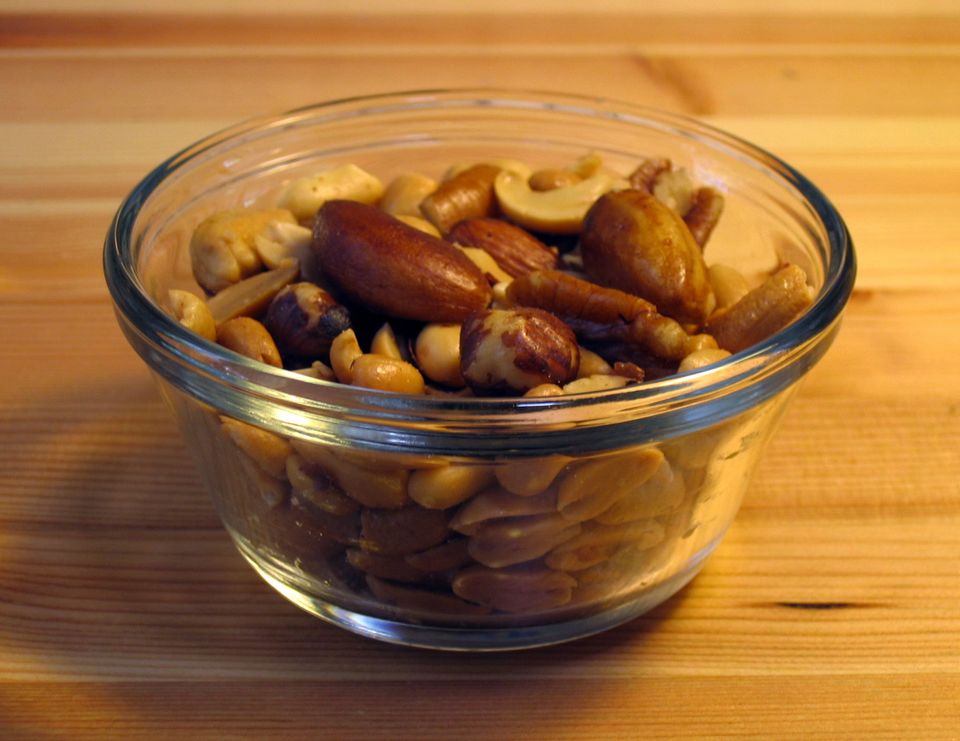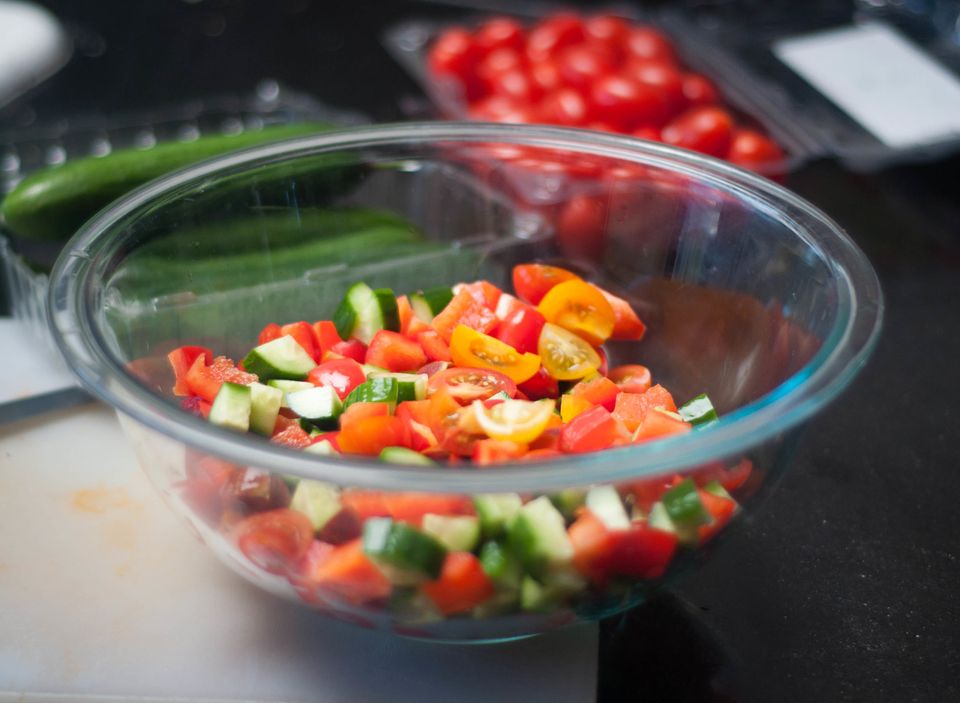It has been predicted that by 2050, one in three Americans will have type 2 diabetes. But the diagnosis doesn't have to mean a life inundated with pills, which this diabetic learned after finding a way to stay off medication.
Phyllisa Deroza joined HuffPost Live's Ricky Camilleri to talk about being diagnosed with type 2 diabetes after her rising glucose levels sent her into a coma. However, for the past two-and-a-half years, Deroza has been completely off medication, which she attributes to three simple things.
The first two elements of Deroza's med-free life are a healthy diet and a rigorous exercise routine. The third involves going above and beyond the typical amount of glucose testing.
"I do test my glucose about five times a day, which a lot of type 2 diabetics don’t do," Deroza said. "Many people tell them that they can test once a day or twice a day, but I find if I’m testing frequently, I keep my numbers within a tight range, so that’s helpful for me."
Watch the full HuffPost Live conversation about diabetes below:
Related
Before You Go




And a new study published in the journal of the European Association for the Study of Disease shows that brief bursts of intense exercise before meals is a more effective way to control blood sugar than doing one longer workout during the day.




